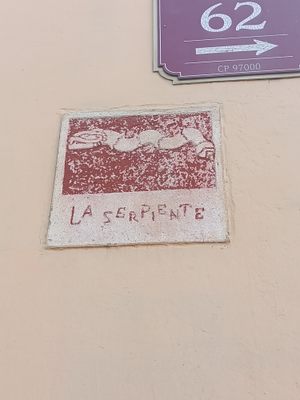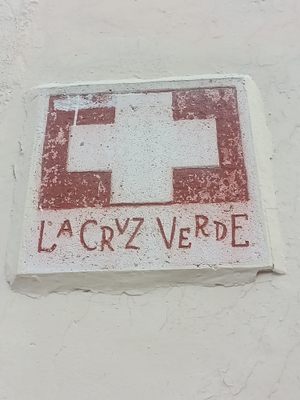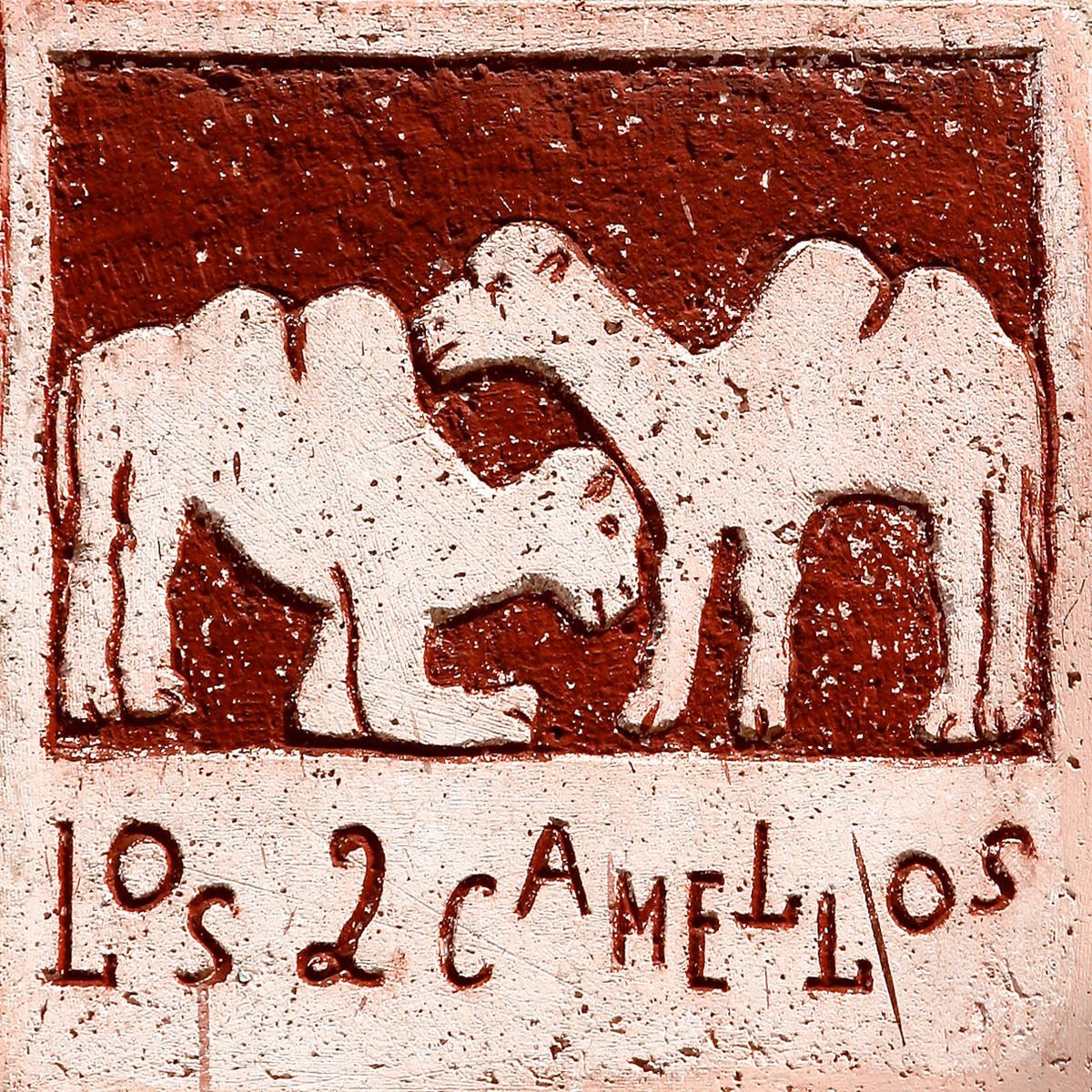About
The Spanish colonists who settled the Yucatán city of Mérida laid it out as a numbered grid, but many early residents found meeting at “36/61” an overly confusing way of navigating the city.
To simplify things, almost every corner in the historic center of Mérida was given its own unique name, which was usually also depicted by a drawing on a sign or a statue. Residents could plan to meet at "La Sombra" (The Shadow), or "La Sirena" (The Mermaid)” and everyone, including those who were illiterate, would understand where to go.
Eventually, the names of the Esquinas de Mérida (the Corners of Mérida) were displayed on red and white plaster plaques hanging on buildings at the intersection. Most of the markers seen throughout the old city today are replicas, though some originals dating back to the colonial period were preserved.
Most of the corner names came from unique events or legends related to that place. The "Dos Camellos" (Two Camels) corner got its name from two Arab merchants on camelback who carried out illegal trades at the shop on the corner. A sign on the corner (the plaque is actually missing) details the history of "El Degollado" (which roughly translates to the "Cut Throat"), about a brokenhearted barber who took his own life when his lover left him for the governor.
There are corners with curious names such as "El Chévere" (The Cool Guy), "El Salto de la Pulga" (The Jump of the Flea), "El Besito" (The Little Kiss), "El Mono Suelto" (The Free Monkey) and "El Autogiro" (The "autogyro," a type of rotorcraft which uses an unpowered rotor), each with its own fascinating backstory.
Originally, residents used landmarks like churches or parks to give directions, so savvy business erected pubs or shops with memorable names on the corners to capitalize on the trend. Many of the businesses and the meaning behind the names have been lost to time, but other stories are explained on the iconic red and white plaques, preserving this unique bit of Mérida’s history.
Related Tags
Published
July 2, 2018






























































































































